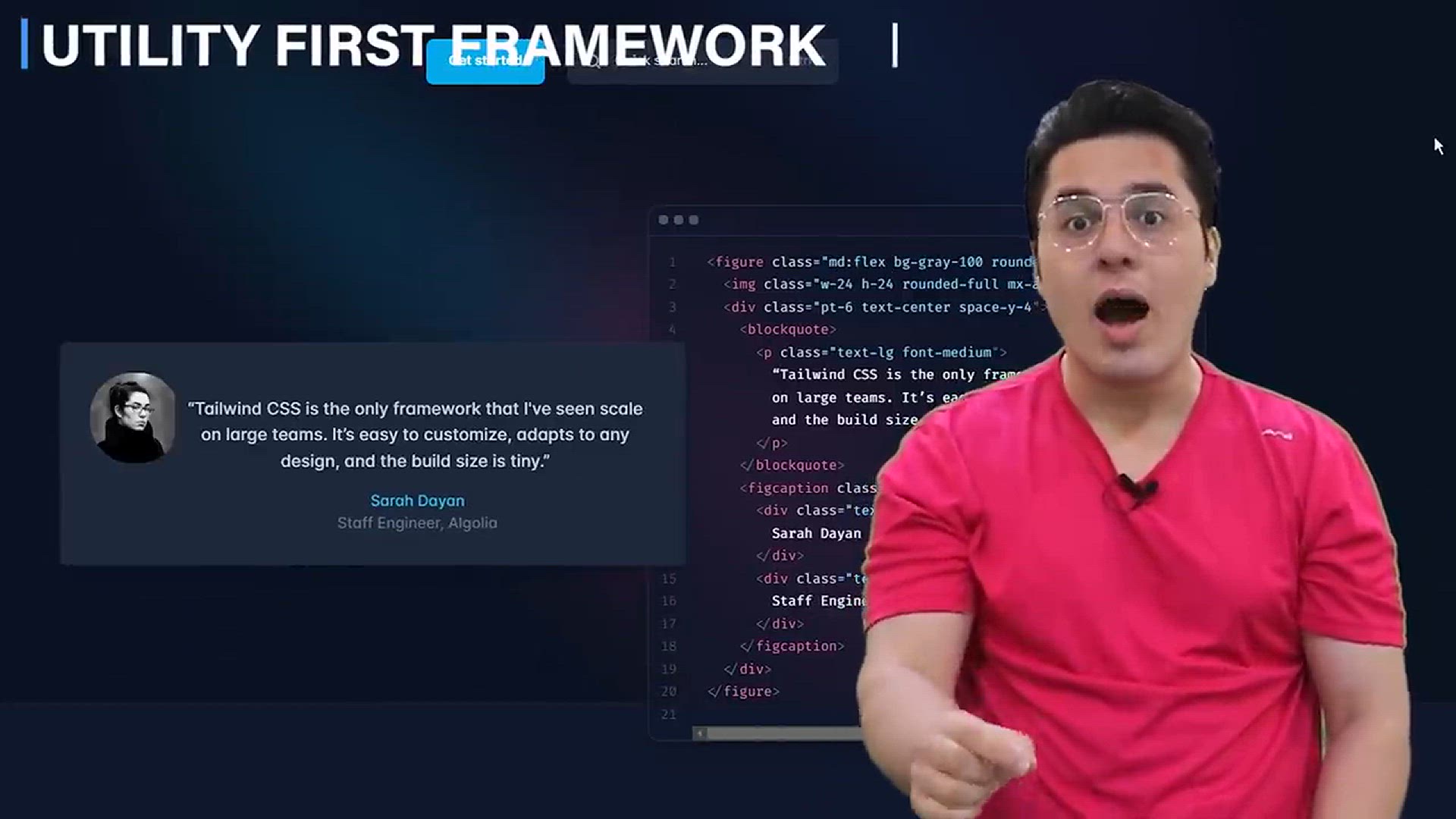
Introduction to Tailwind CSS & Utility first Workflow_ T...
17 views · Feb 21, 2024 codehunter.online
"Introduction to Tailwind CSS & Utility-first Workflow: Tailwind Tutorial #1" is a video tutorial aimed at developers interested in learning about Tailwind CSS, a utility-first CSS framework. The tutorial provides an overview of Tailwind CSS and explains its utility-first approach, which emphasizes the use of small, single-purpose utility classes to style HTML elements. Throughout the video, viewers can expect to gain insights into how Tailwind CSS can streamline the development process by enabling rapid prototyping and efficient styling, making it a valuable tool for building modern web applications.
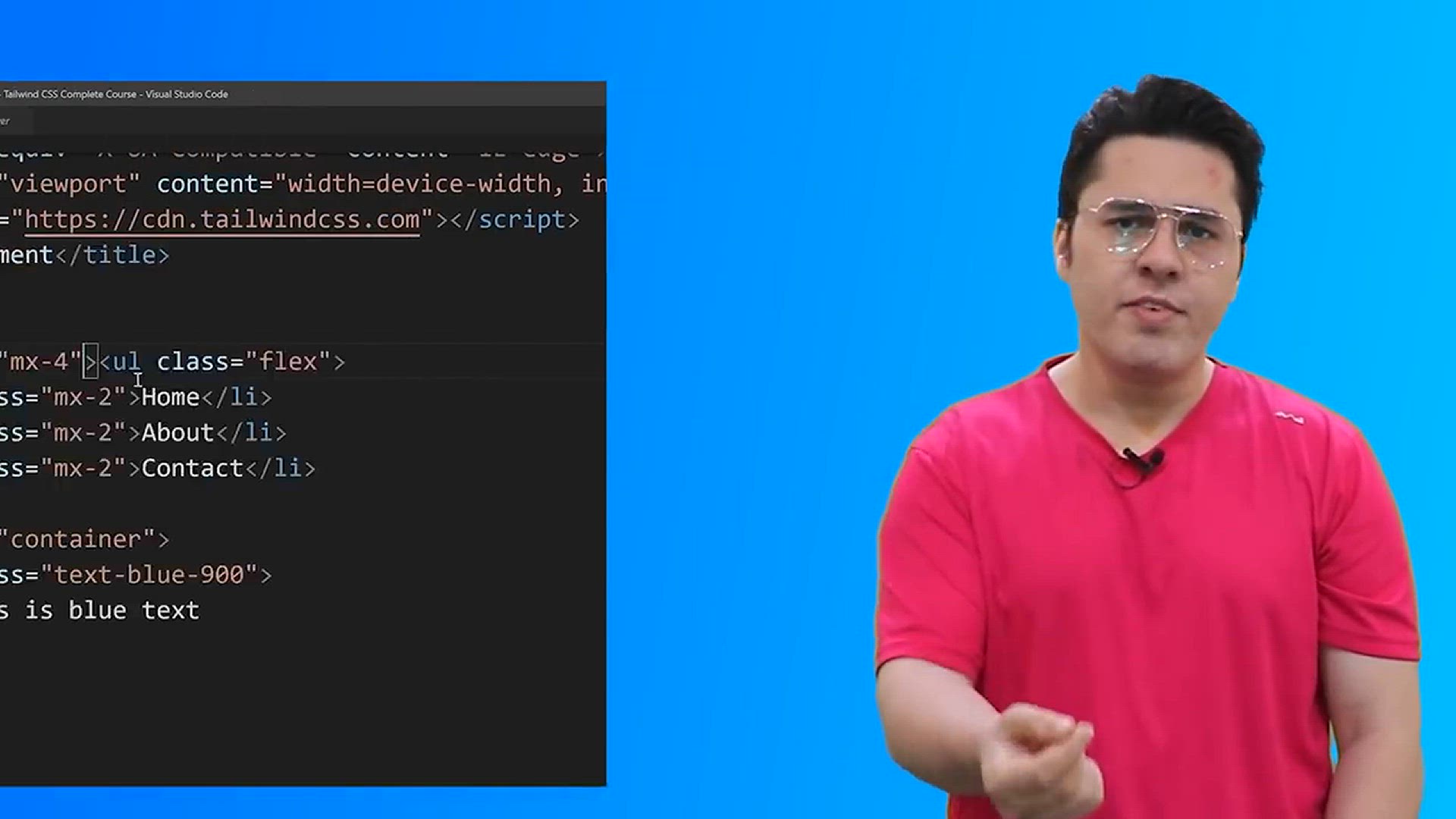
Our First Tailwind CSS Website_ Tailwind Tutorial #2
14 views · Feb 21, 2024 codehunter.online
"Our First Tailwind CSS Website: Tailwind Tutorial #2" is a tutorial video designed for developers diving deeper into Tailwind CSS. In this video, viewers embark on the journey of creating their first website using Tailwind CSS. The tutorial walks through the process step-by-step, demonstrating how to leverage Tailwind's utility-first approach to efficiently style various elements of the website. From layout design to typography and responsive styling, viewers learn practical techniques to implement Tailwind CSS effectively in their projects. By the end of the video, viewers gain a solid foundation in using Tailwind CSS to build visually appealing and responsive websites.

Why use Tailwind CSS_ _ Tailwind Tutorial #3
288 views · Feb 21, 2024 codehunter.online
"Why Use Tailwind CSS: Tailwind Tutorial #3" is a tutorial video aimed at developers seeking to understand the advantages and benefits of using Tailwind CSS in their projects. The video highlights the unique features and advantages of Tailwind CSS, such as its utility-first approach, which offers granular control over styling without the need to write custom CSS. Additionally, the tutorial explores how Tailwind CSS can streamline the development process, improve code maintainability, and enhance collaboration within teams. By the end of the video, viewers gain insights into why Tailwind CSS is a valuable tool for modern web development and how it can empower developers to create responsive, visually appealing websites efficiently.
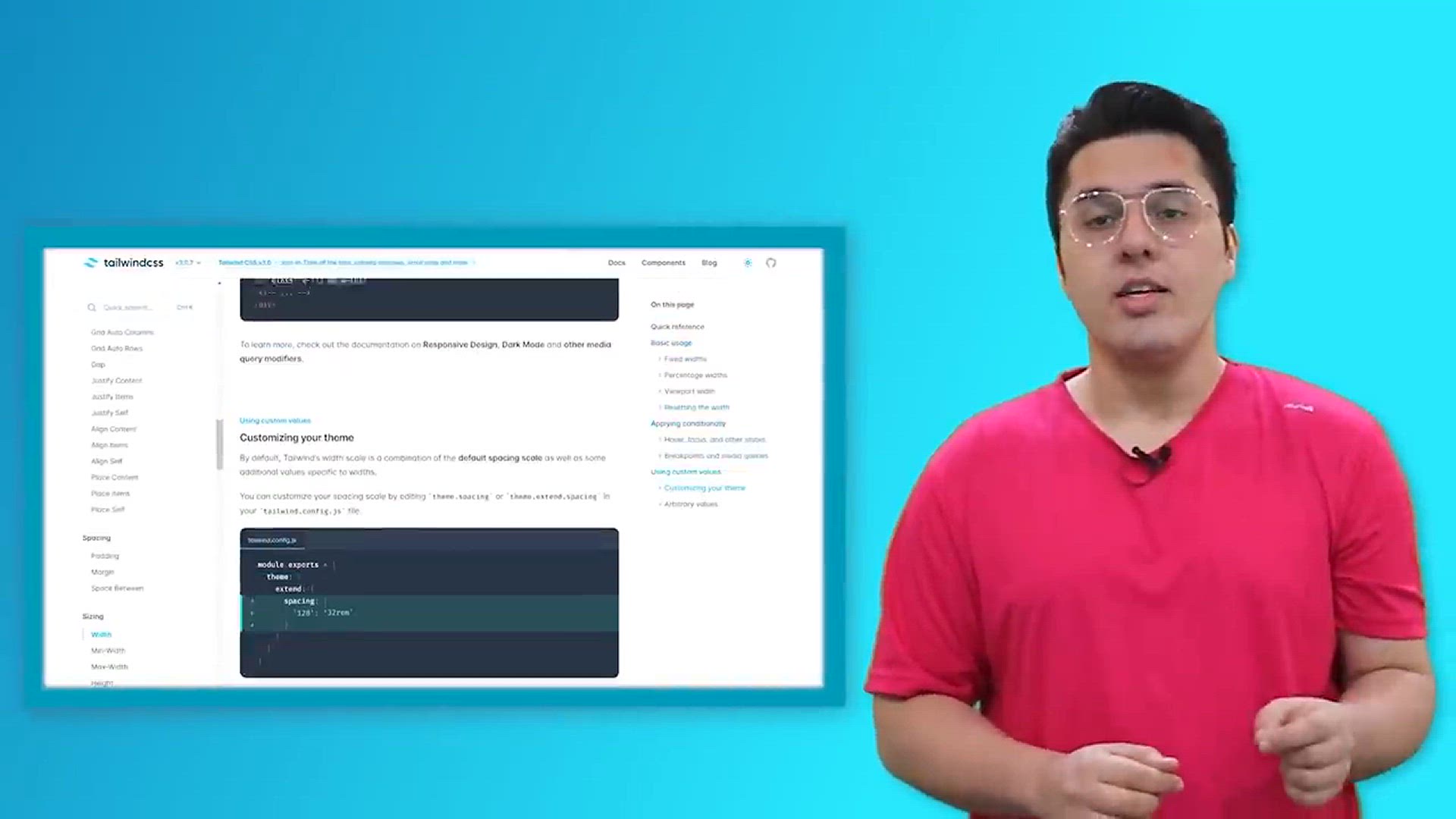
Fonts & Sizing _ Tailwind Tutorial #4
2K views · Feb 21, 2024 codehunter.online
"Fonts & Sizing: Tailwind Tutorial #4" delves into the specifics of font management and sizing within the Tailwind CSS framework. This tutorial provides developers with essential guidance on how to effectively utilize Tailwind's utility classes to control typography and sizing throughout their web projects. Viewers can expect to learn about Tailwind's intuitive approach to font selection, including how to specify font families, font weights, text sizes, and spacing. By the end of the video, developers will have a solid understanding of how to leverage Tailwind CSS to achieve consistent and visually appealing typography across their websites.

Margins, Borders & Padding in Tailwind CSS _ Tailwind Tu...
447 views · Feb 21, 2024 codehunter.online
"Margins, Borders & Padding in Tailwind CSS: Tailwind Tutorial #5" is a comprehensive tutorial focusing on the effective use of margins, borders, and padding in web development projects utilizing Tailwind CSS. The video provides developers with detailed instructions on how to utilize Tailwind's utility classes to precisely control spacing and layout elements. Viewers can expect to learn about various techniques for setting margins, borders, and padding to create visually appealing and well-structured user interfaces. By the end of the tutorial, developers will have gained valuable insights into leveraging Tailwind CSS to achieve consistent and responsive designs with ease.
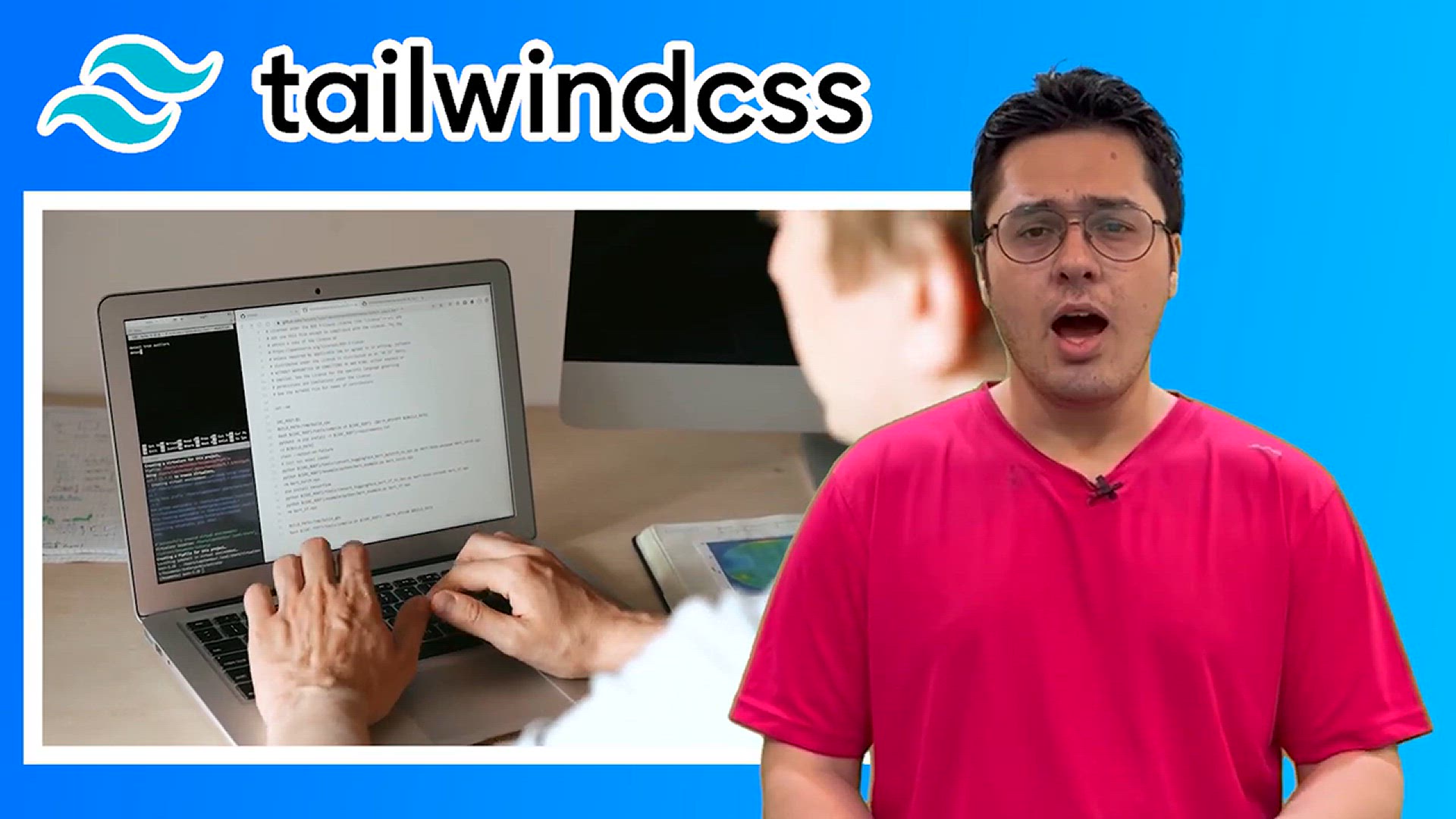
Square Bracket Notation in Tailwind CSS _ Tailwind Tutorial ...
54 views · Feb 21, 2024 codehunter.online
"Square Bracket Notation in Tailwind CSS: Tailwind Tutorial #6" is a tutorial video that explores the advanced feature of square bracket notation in Tailwind CSS. This notation allows developers to dynamically generate utility classes based on values from their configuration file, enabling more flexible and efficient styling. The video guides viewers through examples and use cases of square bracket notation, demonstrating how it can be utilized to streamline styling tasks and enhance code maintainability. By the end of the tutorial, viewers will have a deeper understanding of this powerful feature and how to leverage it effectively in their Tailwind CSS projects.

Creating Responsive Designs in Tailwind CSS _ Tailwind Tutor...
340 views · Feb 21, 2024 codehunter.online
"Creating Responsive Designs in Tailwind CSS: Tailwind Tutorial #7" is a tutorial video aimed at developers who want to master the art of building responsive websites using Tailwind CSS. The video demonstrates various techniques and best practices for creating layouts that adapt seamlessly to different screen sizes and devices. Viewers will learn how to leverage Tailwind's responsive utility classes to easily adjust the styling of elements based on breakpoints, ensuring a consistent user experience across desktops, tablets, and mobile devices. By the end of the tutorial, developers will have the knowledge and skills to confidently create responsive designs using Tailwind CSS.
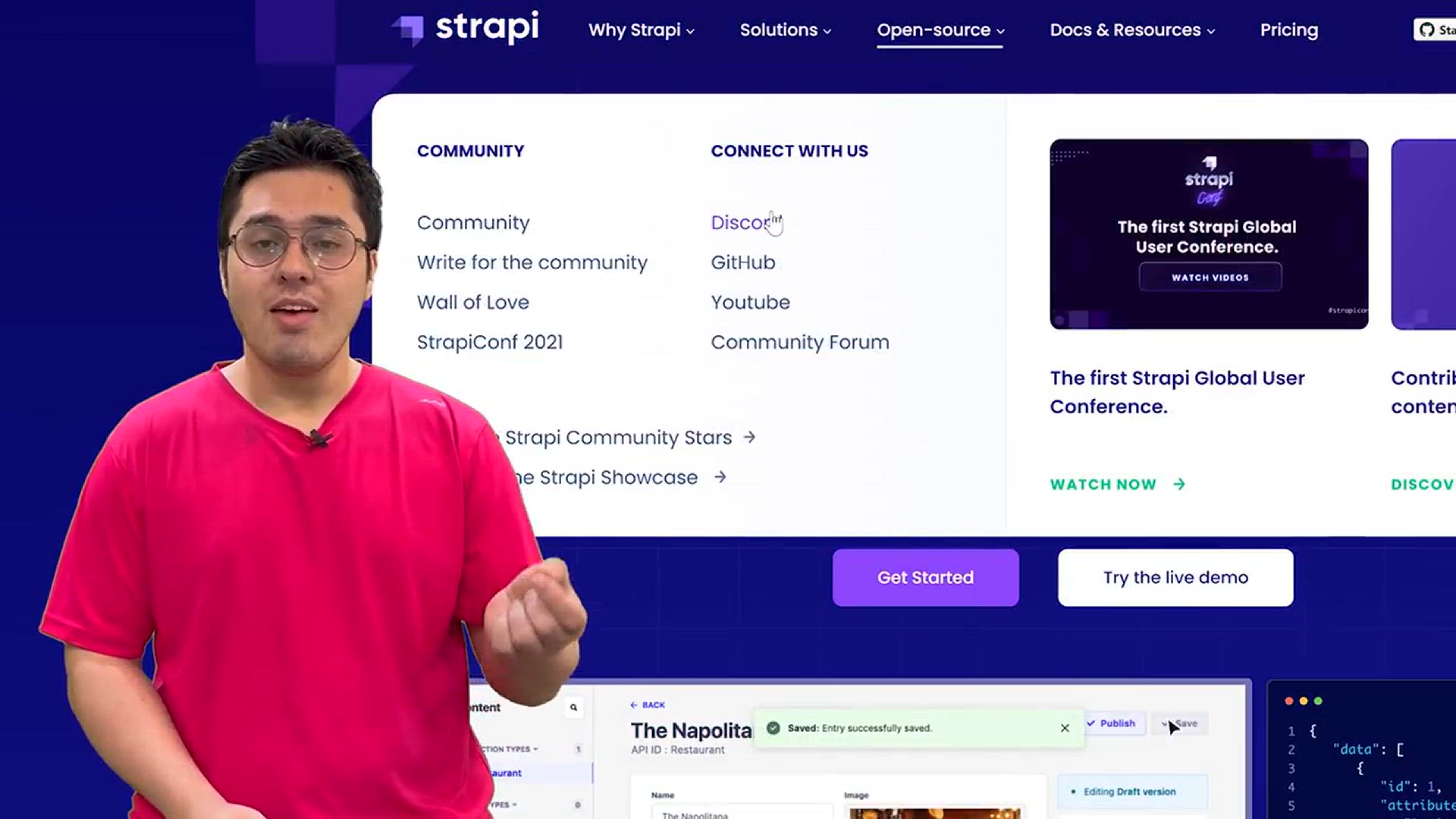
Hover, Focus & Other States in Tailwind CSS _ Tailwind T...
623 views · Feb 21, 2024 codehunter.online
"Hover, Focus & Other States in Tailwind CSS: Tailwind Tutorial #8" is a tutorial video that delves into the functionality of hover, focus, and other states within the Tailwind CSS framework. The video demonstrates how developers can utilize Tailwind's utility classes to apply different styles to elements based on user interactions such as hovering, focusing, and more. Viewers will learn practical techniques for enhancing user experience and adding interactivity to their web projects using Tailwind CSS. By the end of the tutorial, developers will have a comprehensive understanding of how to implement state-based styling effectively in Tailwind CSS.

@apply directive in Tailwind CSS_ Tailwind Tutorial #9
2K views · Feb 21, 2024 codehunter.online
"@apply directive in Tailwind CSS: Tailwind Tutorial #9" is a tutorial video focusing on the advanced feature of the "@apply" directive in Tailwind CSS. This directive allows developers to create custom utility classes by combining existing utility classes into reusable sets of styles. The video demonstrates how to effectively use the "@apply" directive to streamline styling tasks and maintain consistency across a project. Viewers will learn how to define and apply custom utility classes using "@apply", enabling them to efficiently manage and scale their CSS codebase with Tailwind CSS. By the end of the tutorial, developers will have a deeper understanding of this powerful feature and its application in Tailwind CSS projects.
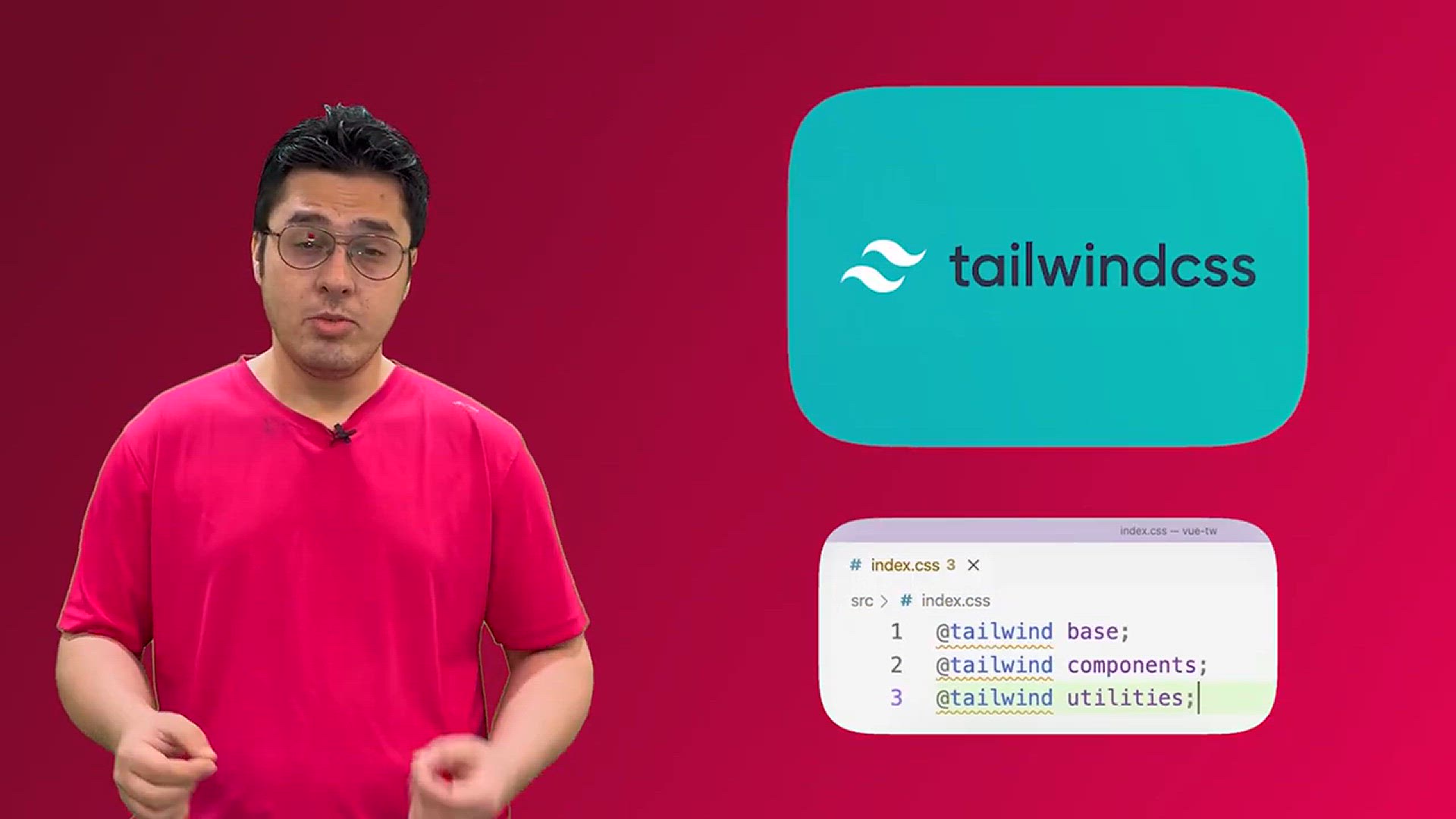
@layer Directive in Tailwind_ Tailwind Tutorial #10
21 views · Feb 21, 2024 codehunter.online
"@layer Directive in Tailwind: Tailwind Tutorial #10" explores the usage and benefits of the "@layer" directive within the Tailwind CSS framework. This advanced feature enables developers to organize and control the order in which their utility classes are generated in the final CSS output. The tutorial demonstrates how to leverage "@layer" to manage the specificity of styles and ensure consistent styling across components and layouts. Viewers will learn practical techniques for structuring their Tailwind CSS projects effectively, improving code organization and maintainability. By the end of the tutorial, developers will have a solid understanding of how to utilize the "@layer" directive to optimize their Tailwind CSS workflow.
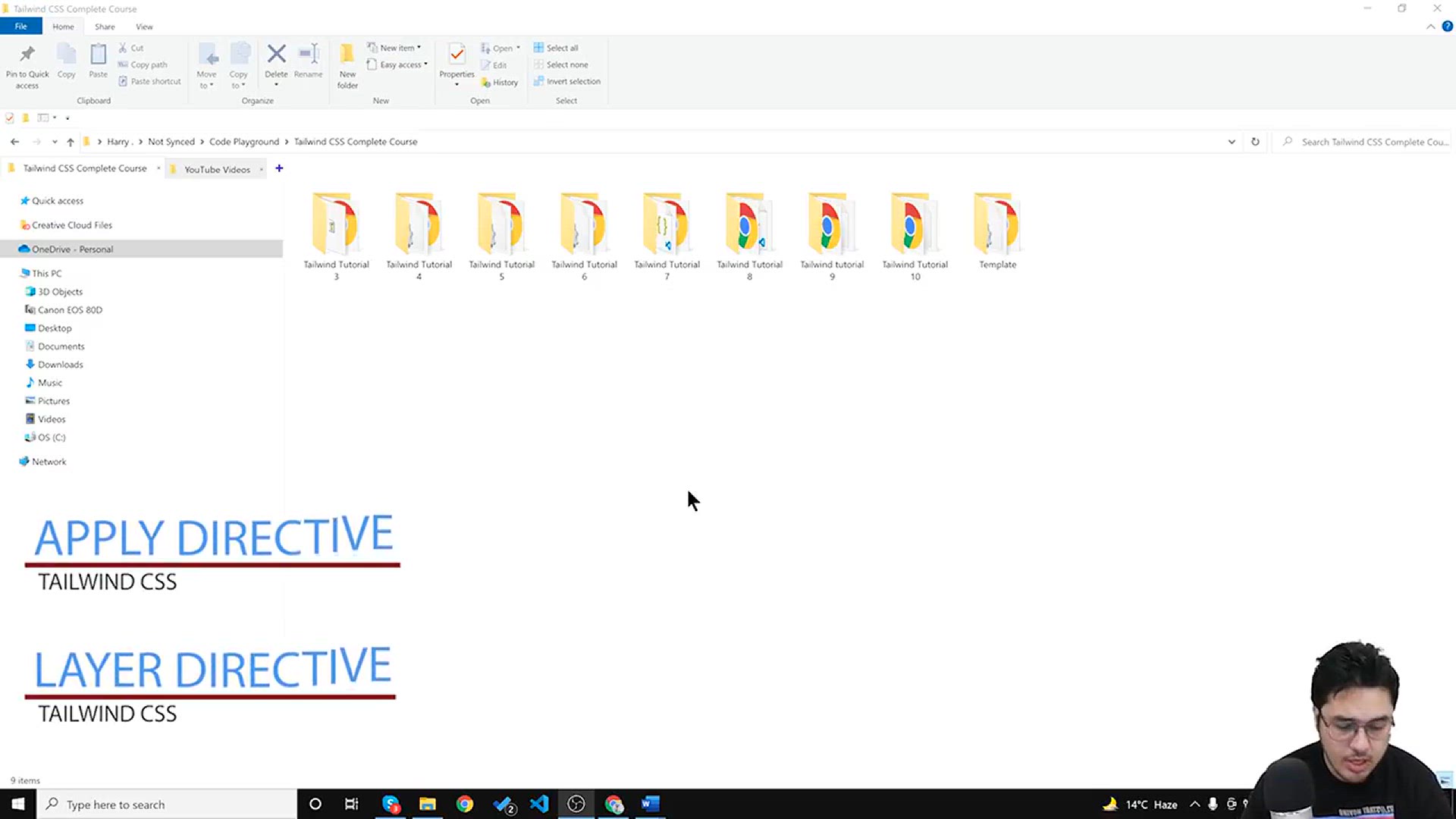
When to use @apply and @layer directive__ Tailwind Tutorial ...
50 views · Feb 21, 2024 codehunter.online
This Tailwind CSS tutorial covers essential directives like @apply and @layer for styling elements and managing layers in your website design. Perfect for beginners getting comfortable with Tailwind's customization options.
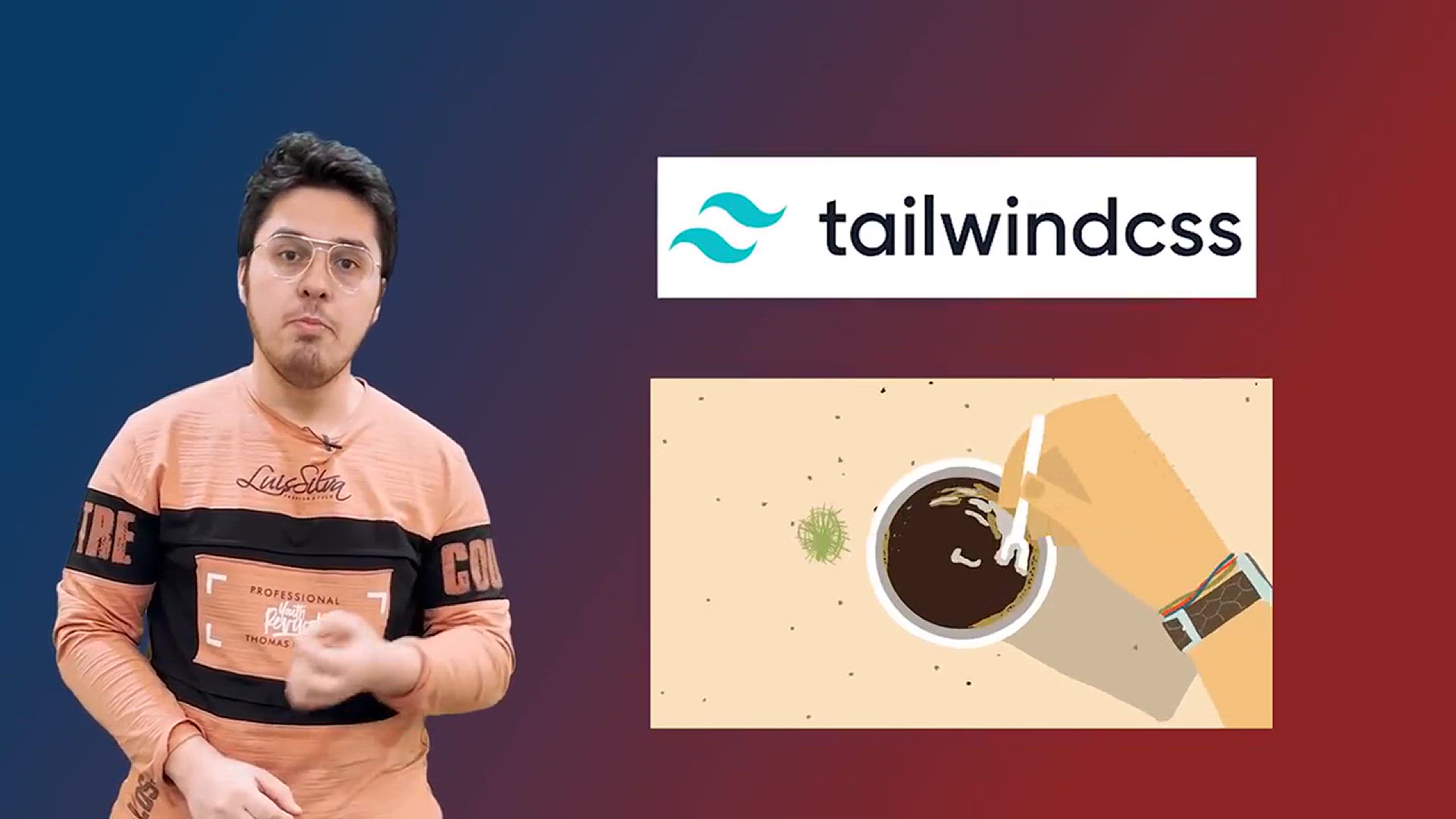
Customizing Tailwind CSS using tailwind.config.js file_ Tail...
5K views · Feb 21, 2024 codehunter.online
The video titled "Customizing Tailwind CSS using tailwind.config.js file_ Tailwind Tutorial #12" is a tutorial aimed at web developers interested in leveraging Tailwind CSS for their projects. Tailwind CSS is a popular utility-first CSS framework that allows developers to rapidly build user interfaces. In this tutorial, viewers learn how to customize Tailwind CSS by utilizing the `tailwind.config.js` file. The `tailwind.config.js` file is a configuration file where developers can extend or override default settings provided by Tailwind CSS, enabling them to tailor the framework to their specific project requirements. The video likely covers topics such as: 1. Introduction to the `tailwind.config.js` file and its purpose. 2. Demonstrating how to create and locate the file within a project. 3. Explaining various configuration options available in the file, such as colors, fonts, breakpoints, and more. 4. Providing examples of how to extend or override default settings to customize the design system. 5. Showcasing how these customizations reflect in the generated CSS output. Overall, the video serves as a practical guide for developers looking to harness the full potential of Tailwind CSS by customizing it to suit their unique design needs.

Deploying a Tailwind Website to Production _ Tailwind Tutori...
408 views · Feb 21, 2024 codehunter.online
The video titled "Deploying a Tailwind Website to Production _ Tailwind Tutorial #13" is a tutorial aimed at web developers who have created a website using the Tailwind CSS framework and are ready to deploy it to a production environment. Tailwind CSS is a popular utility-first CSS framework that allows developers to rapidly build user interfaces. In this tutorial, viewers learn the steps involved in deploying a website built with Tailwind CSS to a production server. The video likely covers topics such as: 1. Preparation for deployment, including ensuring all necessary files are included and optimizing assets for production. 2. Choosing a hosting provider and setting up the server environment. 3. Configuring the server to serve the website files and assets correctly. 4. Transferring the website files to the production server using methods such as FTP, SSH, or Git. 5. Testing the deployed website to ensure everything is functioning as expected. 6. Discussing best practices for maintaining and updating the deployed website over time. Overall, the video provides a practical guide for developers on how to take their Tailwind CSS website from development to production, ensuring a smooth and successful deployment process.

Project 1_ Facebook Clone in Tailwind CSS_ Tailwind Tutorial...
21 views · Feb 21, 2024 codehunter.online
The video titled "Project 1: Facebook Clone in Tailwind CSS _ Tailwind Tutorial #14" is a tutorial aimed at web developers interested in building a Facebook clone using the Tailwind CSS framework. Tailwind CSS is a popular utility-first CSS framework that enables developers to create stylish and responsive user interfaces efficiently. In this tutorial, viewers are guided through the process of creating a Facebook clone, a project that replicates the look and feel of the Facebook website using Tailwind CSS. The video likely covers topics such as: 1. Setting up the project environment and installing Tailwind CSS. 2. Structuring the HTML markup to mimic the layout of the Facebook website. 3. Utilizing Tailwind CSS utility classes to style the various components of the Facebook clone, such as navigation bars, posts, comments, and user profiles. 4. Implementing responsive design techniques to ensure the clone looks good on different screen sizes. 5. Adding interactivity and functionality using JavaScript or a JavaScript framework like React or Vue.js. 6. Testing the Facebook clone to ensure all features are working correctly. Overall, the video provides a hands-on demonstration of how Tailwind CSS can be used to create a visually appealing and functional clone of the Facebook website, serving as both a learning resource and a practical example for developers looking to enhance their CSS skills.

Project 2_ Microsoft Clone (Responsive) in Tailwind CSS_ Tai...
18 views · Feb 21, 2024 codehunter.online
The video titled "Project 2: Microsoft Clone (Responsive) in Tailwind CSS _ Tailwind Tutorial #15" is a tutorial aimed at web developers interested in building a responsive Microsoft clone using the Tailwind CSS framework. Tailwind CSS is a utility-first CSS framework that enables developers to create responsive and visually appealing user interfaces efficiently. In this tutorial, viewers are guided through the process of creating a Microsoft clone, which replicates the layout and design of the Microsoft website, ensuring it looks and functions well across various devices and screen sizes. The video likely covers topics such as: 1. Setting up the project environment and installing Tailwind CSS. 2. Structuring the HTML markup to mirror the layout of the Microsoft website, including navigation bars, product cards, and footer sections. 3. Leveraging Tailwind CSS utility classes to style the components of the Microsoft clone, focusing on responsiveness to ensure a seamless user experience across devices. 4. Implementing features such as responsive navigation menus, grid layouts, and flexible image displays. 5. Testing the responsiveness of the Microsoft clone across different devices and screen sizes to ensure optimal performance. Overall, the video serves as a practical guide for developers to learn how to utilize Tailwind CSS to create a responsive clone of the Microsoft website, demonstrating the framework's versatility and effectiveness in building modern user interfaces.
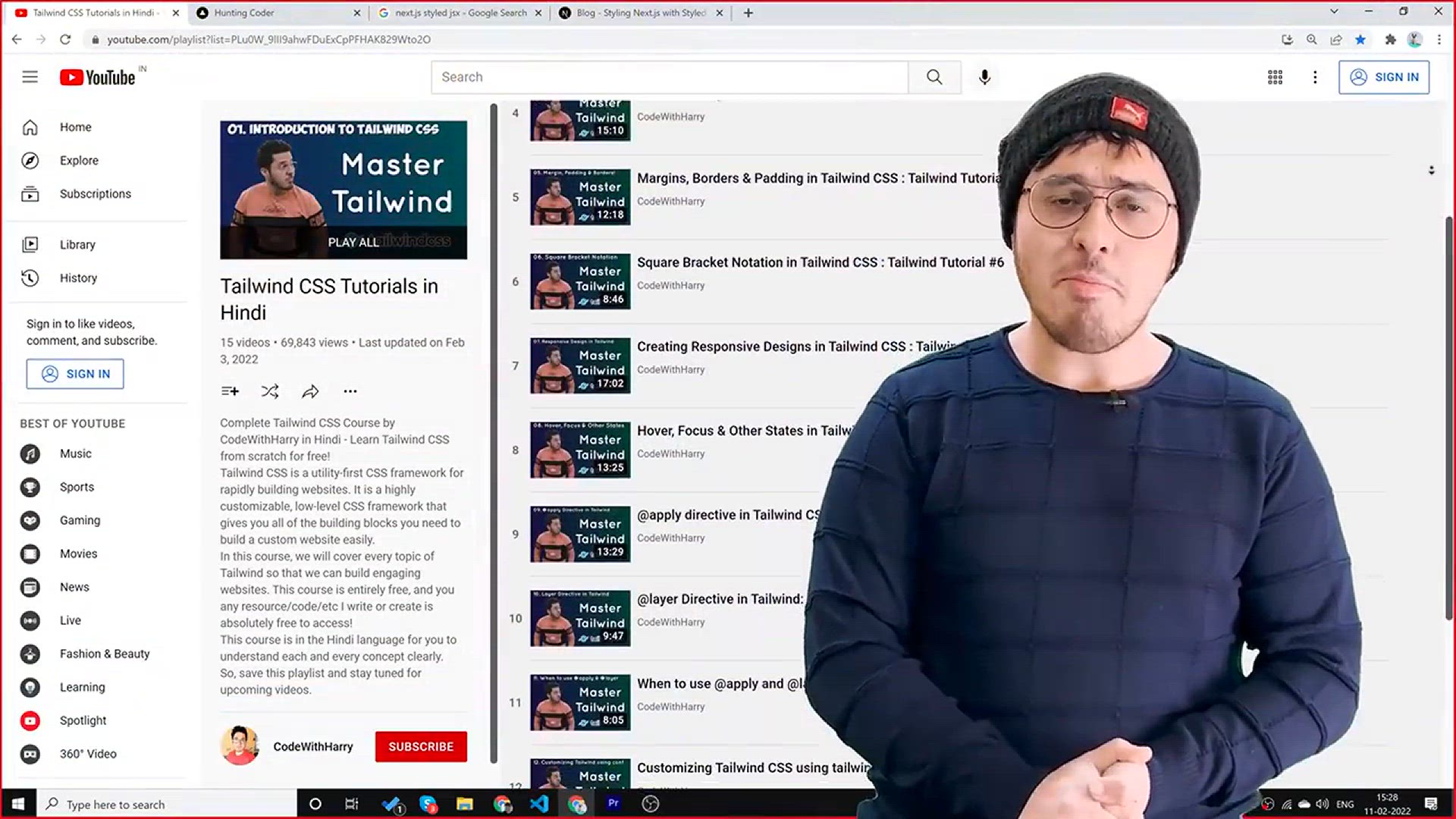
Tailwind CSS Course Conclusion, Wrap-up & where to go fr...
20 views · Feb 21, 2024 codehunter.online
The video titled "Tailwind CSS Course Conclusion, Wrap-up & where to go from here" serves as the concluding segment of a Tailwind CSS course, providing viewers with a summary of key learnings and guidance on further steps in their learning journey. In this video, viewers can expect: 1. Recap of important concepts covered throughout the course, such as the utility-first approach, customization with `tailwind.config.js`, and building responsive layouts. 2. Reflection on the skills gained and the benefits of using Tailwind CSS in web development projects. 3. Suggestions for additional resources and avenues for further learning, such as official documentation, community forums, and advanced tutorials. 4. Encouragement to practice and experiment with Tailwind CSS in real-world projects to solidify understanding and proficiency. 5. Appreciation for viewers' engagement and dedication to learning Tailwind CSS. Overall, this video serves as a wrap-up to the Tailwind CSS course, offering viewers a sense of accomplishment and direction as they continue their journey in mastering Tailwind CSS and advancing their skills in web development.
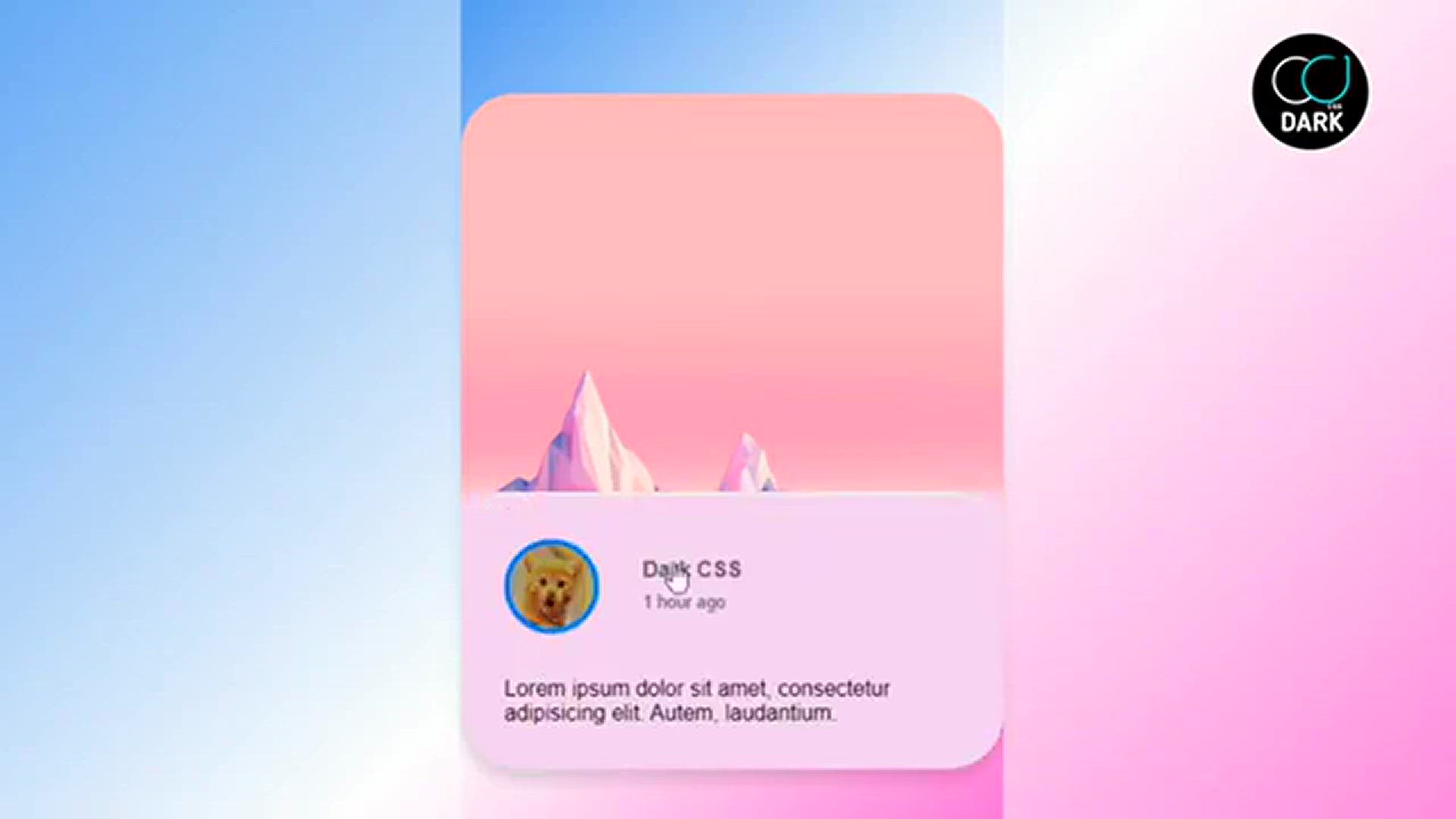
CSS Card Slide Up Hover Effect
2K views · May 9, 2024 codehunter.online
Learn how to create a captivating card slide-up hover effect using CSS in this tutorial. This video shows you how to add an interactive animation to your card elements, enhancing the user experience and making your website visually engaging. Follow step-by-step instructions to structure your HTML and apply CSS animations, transitions, and hover states to achieve the slide-up effect. Discover how to control the animation's speed, direction, and easing for a smooth transition. Ideal for web developers and designers looking to bring life to their card components, this tutorial offers practical insights into creating a polished slide-up hover effect. Get ready to impress your users with this sleek CSS card animation technique.

Quick Loading Spinner with CSS.
178 views · May 11, 2024 codehunter.online
"Accelerate your web design prowess with our tutorial on crafting a Quick Loading Spinner using CSS. Dive into the world of frontend development as we demonstrate how to create a lightweight and visually appealing loading spinner that enhances user experience. Discover the art of CSS animation as we guide you through each step, from designing the spinner's shape to implementing smooth transitions that captivate users while their content loads. Whether you're a budding designer or a seasoned developer looking to optimize loading times, this video provides valuable insights and techniques to elevate your projects."